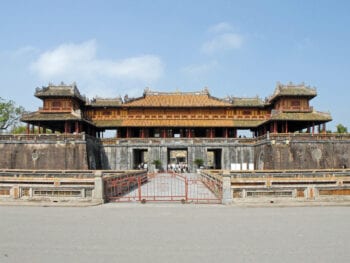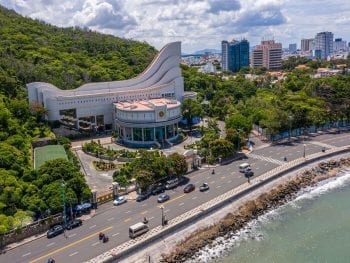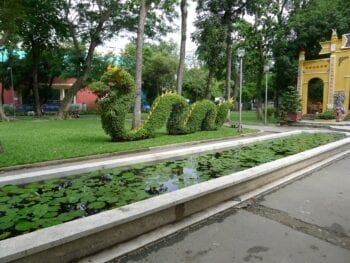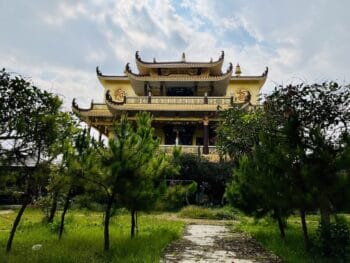Vietnam has a vast, rich culture, and is home to nearly 100 million proud people. The locals have a wide array of customs and traditions, from various business, food and coffee cultures, to the languages, dialects and clothing of different regions. Vietnamese culture is a fusion of its environment over hundreds and thousands of years.
Ways to experience Vietnamese Culture
Walk around the streets of Vietnam and you’ll get a large dose of the local culture. From different styles of architecture, influenced by visitors such as the French, to the world renowned Vietnamese cuisine and its myriad of exotic fare. Hit a museum, go to the theatre, learn some Vietnamese and try food you’ve never thought to eat before.
Guide to Vietnam’s Culture and Traditions

Vietnam is a country full of delicious cuisine, deep-rooted traditions, and beautiful views as far as the eye can see. Chinese and French traditions profoundly influence the local culture due to their blending of practices over the years. Being one of the oldest regions in Southeast Asia, many parts of Vietnamese culture make up its identity as a whole.
Family Values
Family units in Vietnam are typically very close and share a tight bond. It’s not uncommon for children to stay with their parents until they get married, even if they are well into adulthood. It’s also not unheard of for several generations to live together under one roof, having the eldest get help from the younger relatives in the home.

Cuisine
Vietnamese food is eaten globally, but you won’t find the myriad of freshly prepared meals as right in the country. Even though flavors and cooking styles vary in the north, central, and southern regions, the majority of Vietnamese people enjoy noodle dishes, rice and soups.
It’s usually made with little oil, and fresh ingredients like fish sauce, soy sauce, basil, cilantro, and mint are popular across recipes. Proteins are like beef and chicken are common, with seafood being very popular due to its coastline and waters.
The coffeeshop culture is alive and well in Vietnam. The French brought the coffee bean into Vietnam and started the revolution. Now Vietnam is fairly big coffee bean grower themselves, in some of their highland mountain regions. Iced tea (Tra da) is also a very common drink served like water sometimes.

Clothing
Traditional Vietnamese clothing contrasts between the mountains and the beaches due to the climates being so different. Many men wear casual attire like jeans and a t-shirt unless they are in work clothing, and most women dress somewhat conservatively in skirts that are longer than the knee and tops that aren’t too revealing.
Although the younger crowd is a lot more revealing with their clothing, especially when going out at night, with some women taking full advantage of the hot weather to shed some layers. With that said, the sun is bright, and most Vietnamese wear long sleeves during their time in the sun, even if its really hot, to protect from harmful UV rays.

The Ao dao (Áo dài) is the traditional Vietnamese women’s dress. It’s reserved for special occasions and you’ll frequently see women wearing them to pose for photographs. Many upscale service related jobs will dress their women staff in ao daos, such as 5 star hotels.
Flip-flops are the footwear of choice for nearly everyone, both men and women, even workers a lot of the time. Riding a motorbike: flip-flops. Carrying glass: probably flip-flops. It’s also important to know that shoes must be removed when entering a religious building to go inside, and it’s much more common to do so before entering someone’s home.
Arts and Music

Vietnam is a country rich in arts and music and has been changed over the years with a lot of outside cultural influence. Literature, poetry, and dramas are written in the national language and developed over several years. Water Puppetry is a form of entertainment and acting unique to Vietnam and draws large audiences to those performances.
Many opera houses in the country have orchestral concerts, singing, dancing, and many other forms of entertainment for locals and tourists alike. There are performing arts available in most major destinations.
Religion
Even though Vietnam is officially declared an atheist state, many natives practice folk religions while smaller percentages are Catholic, Buddhist, Muslim, or Protestant Christian. Many national celebrations and festivals are based around the Lunar Year Calendar too. You can visit an array of temples, pagodas, shrines, churches and other religious buildings around Vietnam.
Places to Experience Vietnamese Culture
Just being inside the country of Vietnam and you’ll be instantly surrounded by Vietnamese culture. You don’t have to go far, but if you’re looking for some fun spots to experience different sides of the local people and traditions, consider these attractions.
Museums

There are many museums in Vietnam with extensive collections of artifacts and exhibits. The War Remnants Museum in Ho Chi Minh City is one of the most popular for learning about the U.S.-Vietnam War and has many weapons and memorabilia on display.
Cultural museums like the Vietnam History Museums in HCMC showcase the country’s timeline of events and how traditions were formed over the years. The country is also filled with art museums, such as the Vietnam National Fine Arts Museum in Hanoi, which officially became an attraction in 1966.
Theme Parks

Vietnam is filled with fun and cultural amusement parks that are great for day trips and even multi-day visits. The Sun World Halong Complex in Ha Long City is one of the most popular stops for locals and tourists, as well as the VinWonders Nam Hoi An park.
A wildlife park with an excellent reputation is the VinPearl Safari Phu Quoc, with many opportunities to see rare and common animals. To see the world from the top of Vietnam’s tallest mountain, tourists can take a cable car up Fansipan and visit the Sun World Fansipan Legend amusement park for sweeping views of the surrounding land.
Homestays
Staying in a homestay is a great way to learn about Vietnamese culture. These accommodations are run by locals who enjoy talking with visitors and sharing some of their traditions and cooking. Since travelers are staying in the homes of natives, it’s pretty easy to become acquainted with the local cuisine and customs that residents practice.
Landmarks
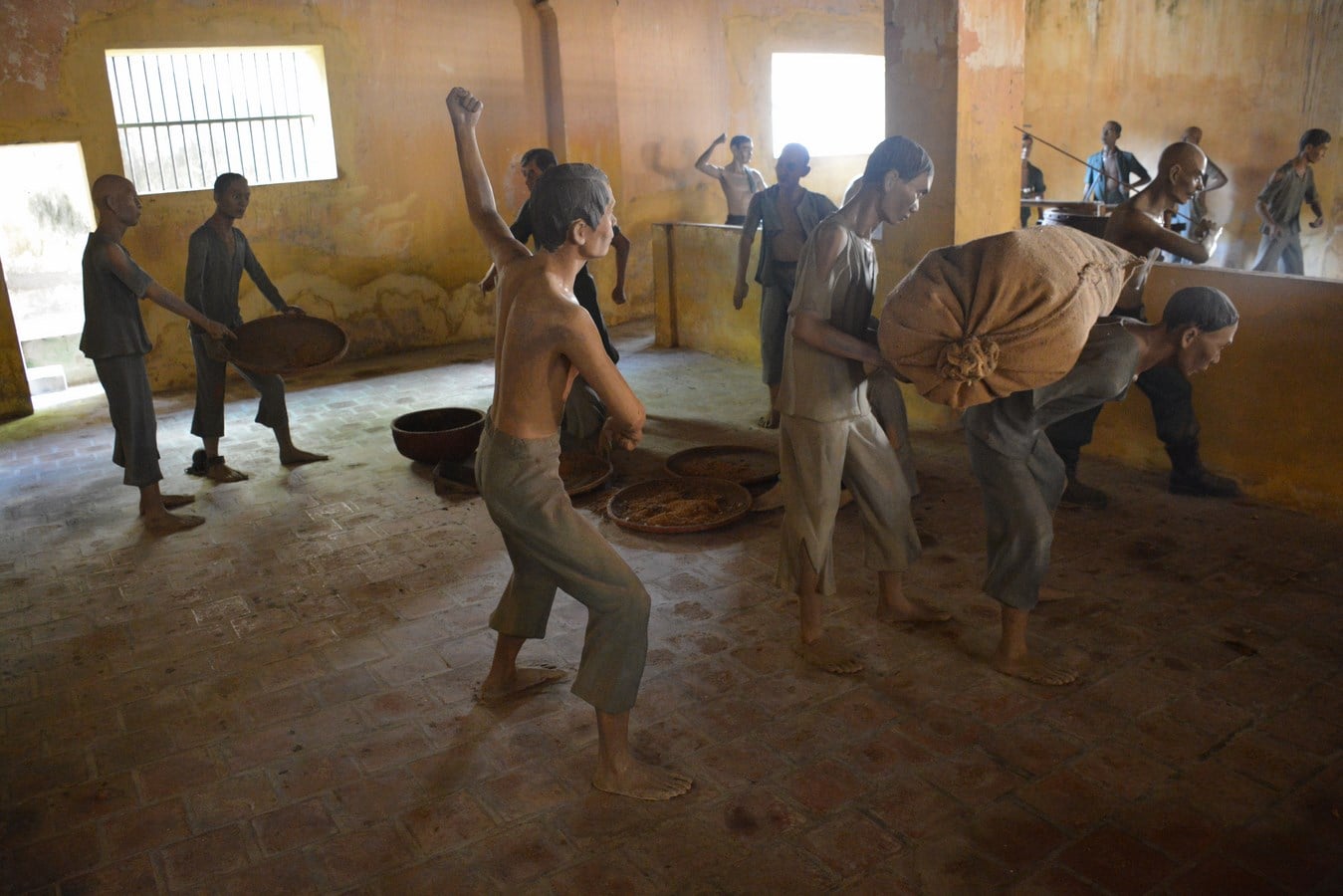
Several Vietnamese landmarks offer a great representation of the country’s culture, including the many pagodas, street markets, and villages throughout the land. Some of these are hundreds of years old and show the accents of French, Chinese, and Japanese influences that made the blended culture what it is today. Visiting the Cu Chi tunnels, Con Dao Prison Complex, My Son sanctuary, and Hue Imperial Citadel are excellent ways to learn about Vietnam’s past.
Scenic Drives
To grasp the nature of Vietnam, there’s no better way to explore the land than by taking a scenic drive. Hiring a private tour guide or arranging for a bus ride to these places are easy to do and will offer some of the best views in the country. Though if you’re more adventurous consider opting for a motorbike. Routes like the Ma Pi Leng Pass and Hai Van Pass are two of the most famous drives.

Those are just a handful of the activities you can do that will give you a feeling of the local culture. From historic times to modern days, Vietnam has a long history of culture to experience.





